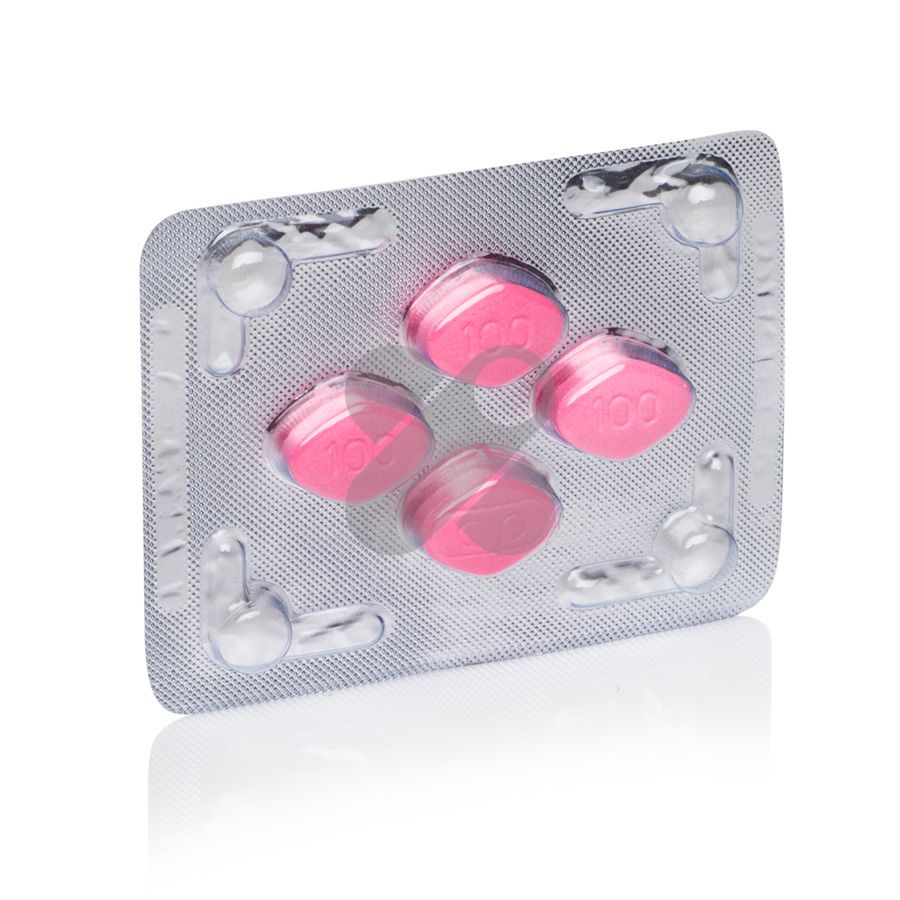How does Lovegra work?

Lovegra is a medication specifically designed to treat Female Sexual Dysfunction (FSD) and improve the sexual experience for women. Developed by Ajanta Pharma, Lovegra contains the active ingredient Sildenafil Citrate, which plays a key role in improving sexual function. In this article, we will look at how Lovegra works in women, the recommended dosage and potential side effects, providing valuable insight for those considering using it to treat sexual dysfunction.
How Lovegra works in women
The mechanism of action of Lovegra revolves around its active ingredient, sildenafil citrate. It works by increasing blood flow to the female genital area, particularly the clitoris. This increased blood flow leads to several physiological responses that collectively contribute to improved sexual function:
Increased blood flow: Sildenafil Citrate, a phosphodiesterase type 5 (PDE5) inhibitor, relaxes the blood vessels in the genital region, allowing for increased blood flow. This improved blood flow increases sensitivity and arousal.
Improved lubrication: Lovegra helps combat vaginal dryness, a common problem in women with sexual dysfunction. Improved lubrication makes intercourse more comfortable and enjoyable.
Increased sensitivity: The increased blood flow and relaxation of the genital area leads to increased sensitivity, making it easier for women to become sexually aroused.
Improved orgasmic potential: Many women who use Lovegra report more intense and satisfying orgasms, which ultimately contributes to greater overall sexual satisfaction.
Dosage instructions
The recommended dosage of Lovegra may vary based on individual needs and the guidance of a healthcare provider. However, the general dosage guidelines are as follows:
Lovegra is usually taken as one 100 mg tablet once a day, approximately 30–60 minutes before sexual activity.
It is important to take Lovegra on an empty stomach or with a light meal for optimal effectiveness. Fatty foods may slow its absorption.
Avoid alcohol while taking Lovegra as it may decrease its effectiveness and increase the risk of side effects.
Do not exceed the recommended dose, as this may increase the risk of side effects without increasing the effectiveness of the medication.
It is important to note that Lovegra should not be taken as a daily medication; it is intended for occasional use as needed.
Possible side effects
Although Lovegra is generally well tolerated, some women may experience side effects. Common side effects may include:
- Headache
- Flushing (reddening of the face)
- Stuffy nose
- Upset stomach
- Dizziness
- Blurred vision
These side effects are typically mild and temporary, lasting only a few hours. If any of these symptoms persist or get worse, you should contact your doctor or health care professional. It's essential to know that serious side effects are rare but may include allergic reactions, chest pain and changes in vision. If serious side effects occur, seek immediate medical attention.
Conclusion
Lovegra is a medication used to treat Female Sexual Dysfunction (FSD) and to improve a woman's sexual experience. Its active ingredient, Sildenafil Citrate, works by increasing blood flow to the female genital area, resulting in improved sensitivity, arousal, lubrication and orgasmic potential. The recommended dosage is usually one 100 mg tablet, taken 30–60 minutes before sexual activity on an empty stomach. Although Lovegra is generally well tolerated, it may cause mild and temporary side effects such as headache and flushing. Serious side effects are rare but require immediate medical attention. Women considering Lovegra should consult a healthcare professional to determine the most appropriate treatment plan and dosage based on individual needs and medical history.
